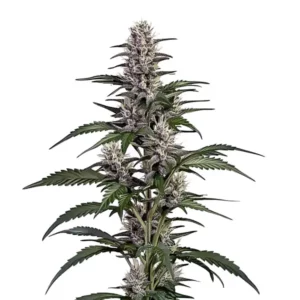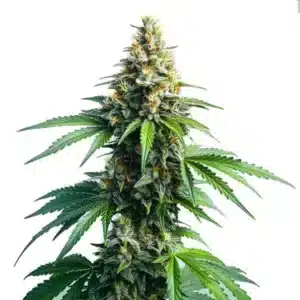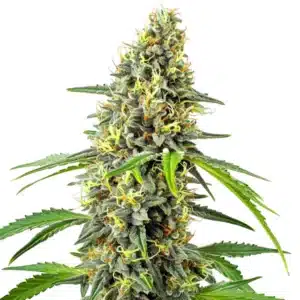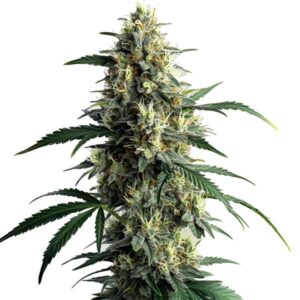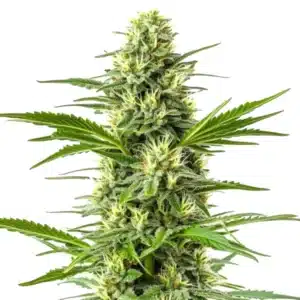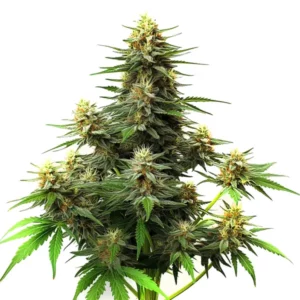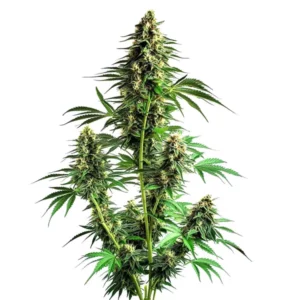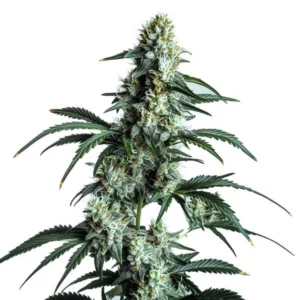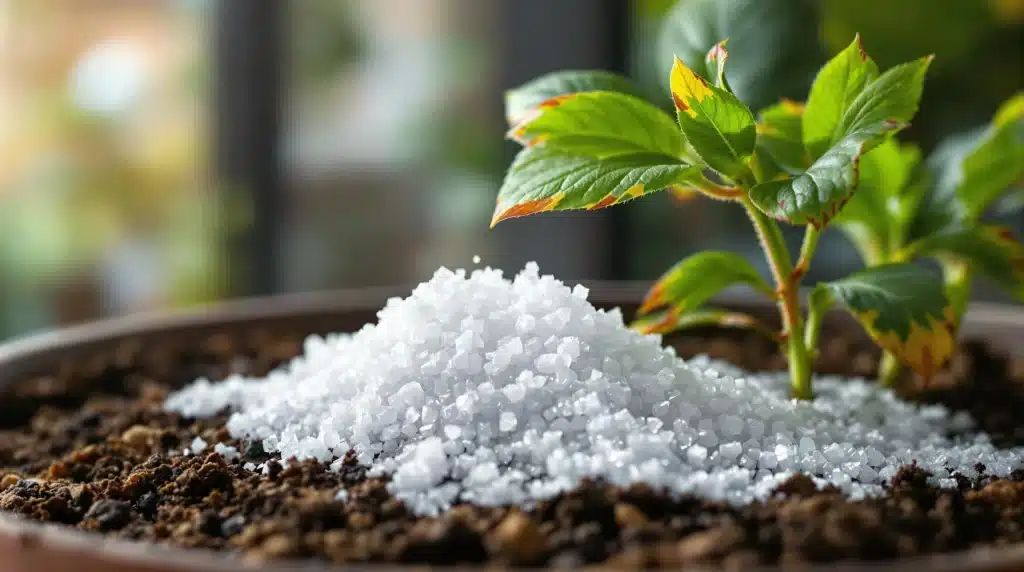
Top Signs of Salt Build-Up in Plants and How to Fix Them
Caring for plants can be not only enjoyable but also deeply fulfilling. Yet, if you’re an indoor gardener, you may encounter various challenges, one of which is the issue of salt build-up. This phenomenon can significantly impact your plants’ health and growth, making it crucial to recognize its signs early on.
What Exactly Causes Salt Build-Up?
The primary contributors to salt build-up in soil typically stem from the type of water used for irrigation. For instance, common tap water is often infused with various minerals and salts that can accumulate in your plant’s soil over time. Additionally, the use of fertilizers plays a significant role. Many conventional fertilizers contain salts, and without periodic flushing of the soil, these elements can build up quickly, leading to potential issues.
Recommended Strains
Afghan Autoflower
|
|
THC | 15% - 17% (Medium) |
|
|
Type | Autoflowering |
|
|
Yield | Medium |
|
|
Phenotype | 90% Indica / 10% Sativa |
Afghan Kush
|
|
THC | 16% - 21% (Medium) |
|
|
Type | Feminized |
|
|
Yield | Medium |
|
|
Phenotype | 90% Indica / 10% Sativa |
Moreover, if the potting soil initially contains a high concentration of salts, that could also exacerbate the situation. Improper watering techniques, whether it be overwatering or underwatering, can also influence how effectively salts are washed out from the soil. By recognizing these causes, you’re better equipped to manage and prevent salt-related problems.
Promos & Deals
How to Spot Signs of Salt Build-Up
Determining whether your plant is suffering from salt build-up isn’t always easy, but there are several key indicators you should watch for. One clear sign is the appearance of a white crust on the soil surface or along the edges of pots. This serves as a direct warning that salt is accumulating. Checking your pots regularly for these signs can help you intervene before significant damage occurs.
Another common indicator is leaf burn, characterized by brown tips or edges on the leaves. This issue arises when high salt concentrations impede the plant’s ability to absorb water properly. Additionally, stunted growth is frequently observed in plants affected by salt stress. If your plants are struggling to grow or have slowed down in their vitality, it’s a good idea to investigate further for signs of salt build-up.
Physical Symptoms to Watch For in Leaves
Beyond the alarming brown tips, there are several other physical symptoms to be mindful of. For instance, if you notice yellowing leaves, particularly on older foliage, this could suggest that the plant is experiencing salt toxicity. Furthermore, plants may exhibit wilting behavior even if the soil remains moist, indicating that salts are interfering with their water absorption capabilities.
Moreover, leaf curling or drooping can be another visual cue pointing to excess salts in the soil. Keeping a close eye on your plants for these symptoms allows you to take prompt action, which can prevent more severe damage to your beloved greenery.
The Impact of Salt Build-Up on Growth and Development
Salt build-up can pose significant obstacles to your plants’ growth and overall development. One prevalent effect is nutrient lockout, where essential nutrients become unavailable to the plant. Consequently, this can lead to visible deficiencies that manifest in various parts of the plant.
As salt levels rise, plants struggle to take up water effectively, resulting in smaller, weaker specimens. Over time, this weakness can make them more vulnerable to pests and diseases, further complicating care efforts. By taking proactive measures to identify and address salt build-up early, you can implement strategies to rejuvenate your indoor garden.

Effective Strategies for Managing Salt Build-Up
Once you’ve identified the signs of salt build-up, prompt intervention is important. A highly effective method is to flush the soil by thoroughly watering your plants, which allows excess salts to wash away. Generally, you’ll need to use several times the volume of potting soil in water to achieve this correctly. Regular flushing can greatly benefit your plants in the long run.
Additionally, being mindful of the water quality you use can make a significant difference. If your tap water has high salt levels, consider using alternatives like distilled or rainwater, which are usually lower in mineral content. Taking these steps can greatly reduce the likelihood of salt build-up in your indoor garden.
Adjusting Your Watering Practices
Adjusting how you water your plants can tremendously aid in managing salt build-up. Ensure that when you water, you do so thoroughly enough that excess moisture drains out of the pot. This practice not only helps to eliminate accumulated salts but also encourages robust root growth, laying the foundation for healthy plants.
On the other hand, it’s crucial to avoid allowing your plants to sit in standing water, which can lead to root rot and may ultimately worsen salt issues. By regularly checking the moisture levels in your soil, you can stick to an effective watering schedule that helps mitigate salt build-up while fostering optimal growth conditions.
Choosing the Right Fertilizers for Your Plants
Being discerning in your choice of fertilizers can play a major role in preventing salt accumulation in your potted plants. Opt for water-soluble fertilizers that are low in sodium and other salts to keep your plants healthy and happy. In particular, organic fertilizers often have lower risks associated with salt build-up compared to synthetic alternatives.
Moreover, it’s wise to apply fertilizers in moderation to avoid excessive accumulation. Regularly testing your soil can provide beneficial insights into nutrient levels, allowing you to tailor your fertilization routine to meet your plants’ specific needs. This balanced approach fosters thriving plants while minimizing the risk of salt-related issues.
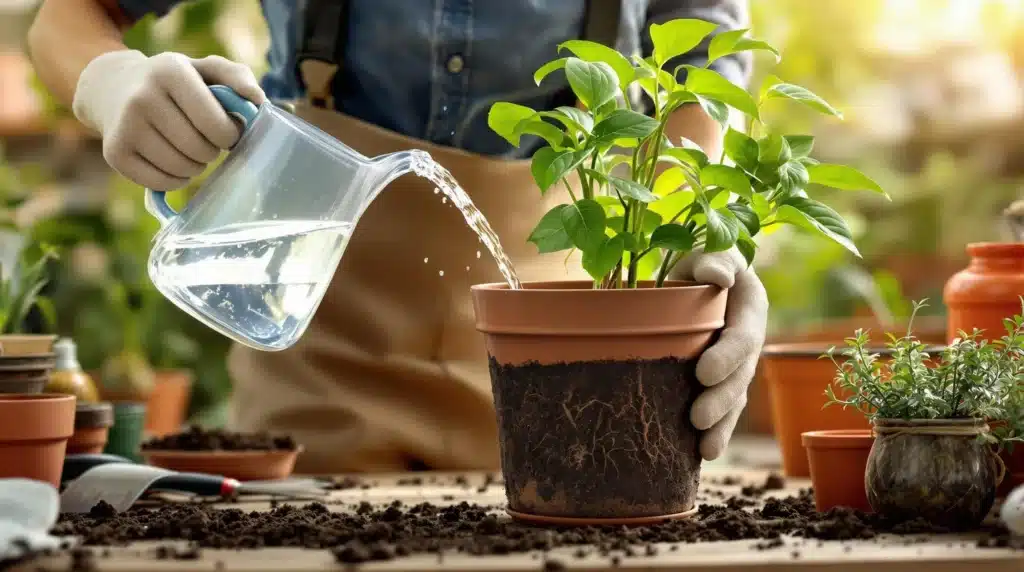
Frequently Asked Questions about Salt Build-Up in Plants
What is salt build-up in plants?
Salt build-up refers to the accumulation of salts in the soil, typically from irrigation water or fertilizers. This condition negatively affects the plant’s ability to absorb water and essential nutrients.
How can I identify if my plant has salt build-up?
Signs include a white crust on the soil, browning leaf tips, yellowing of leaves, and wilting. These indicators can signal that your plant is under salt stress.
What actions should I take if I notice salt build-up?
Flush the soil with a generous amount of water to help remove excess salts. Additionally, reassess your watering and fertilization practices to prevent future accumulations.
Can salt build-up lead to plant death?
Yes, if left unaddressed, salt build-up can induce nutrient deficiencies and ultimately lead to the demise of your plants.
Is using distilled water beneficial for my plants?
Certainly! Distilled or rainwater usually contains lower levels of salts compared to tap water, making it a healthier choice for plant irrigation.
To sum it up, recognizing and managing salt build-up is crucial in maintaining the health of your plants. By being vigilant for indicators like white crust on the soil, leaf burn, and stunted growth, you can respond effectively. Regularly flushing the soil, modifying your watering practices, and selecting the right fertilizers will help create a nurturing environment for your plants. Equipped with this comprehensive information, you can confidently care for your indoor garden and watch it thrive.


